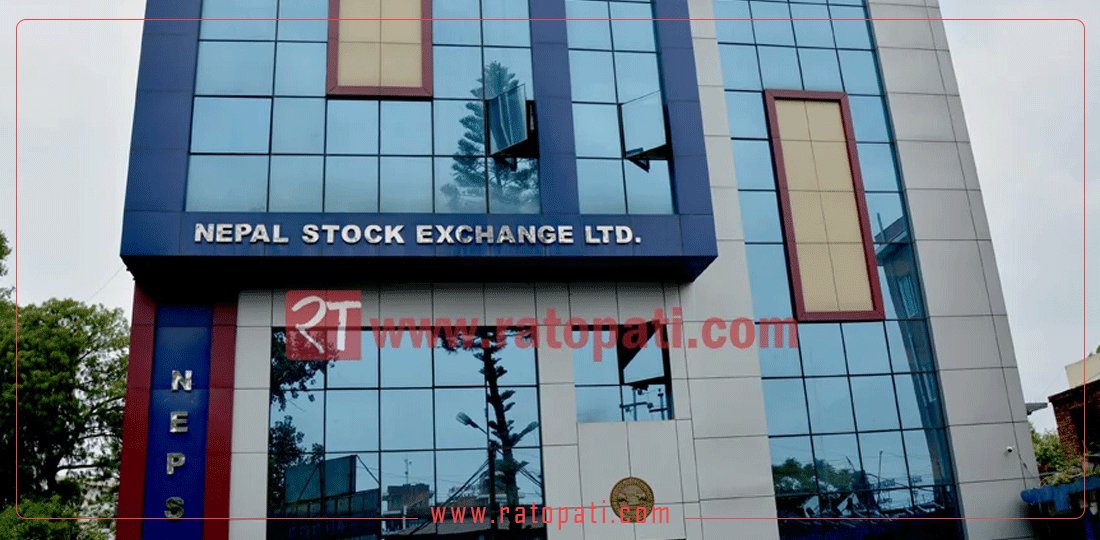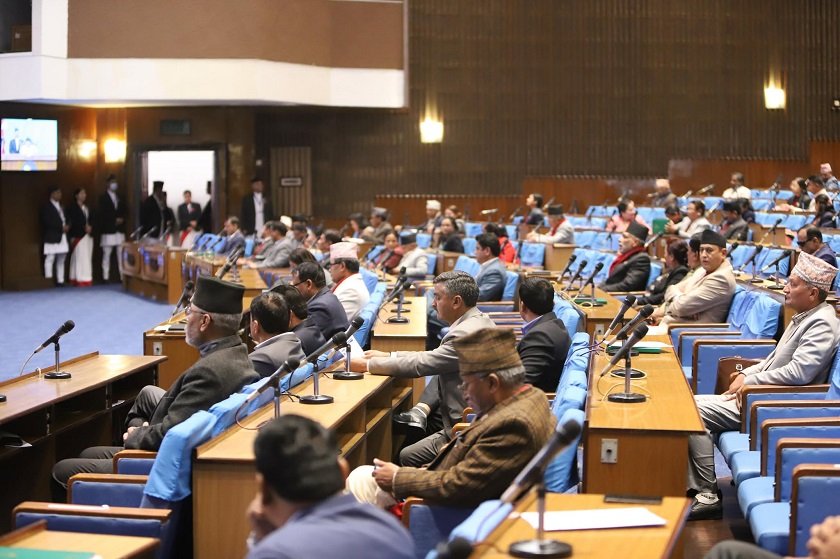Press Release from Business Wire: GSMA

LONDON –The GSMA today issued a new report, 'NB-IoT and LTE-M in the 5G context', highlighting the integral role that licensed Mobile IoT networks, such as NB-IoT and LTE-M, will play in the 5G future and, in particular, the development of 'massive IoT'. Massive IoT is one of three principle 5G use cases, alongside critical communications and enhanced broadband, that will enable developments such as smart cities and industrial automation. NB-IoT and LTE-M will be fundamental to the development of massive IoT and in supporting and complementing 5G's myriad use cases and applications. Leading operators including AT&T, Deutsche Telekom, KDDI, Orange and Vodafone are committed to deploying these networks as part of their future 5G massive IoT strategies.
"While people often associate 5G with super-fast mobile broadband speeds, it will also serve a variety of use cases often with diametrically opposed requirements such as low data rates and long battery life as with the case of Mobile IoT," commented Alex Sinclair, Chief Technology Officer, GSMA. "Licensed NB-IoT and LTE-M networks are already delivering trusted connectivity today to millions of devices around the world, and these networks will continue to be a fundamental component of our 5G future ushering in an era of massive IoT."
Mobile operators, in collaboration with global vendors and developers, are launching Mobile IoT networks today to support applications such as smart metering, smart logistics and smart environmental monitoring, but also as a core component of their long-term strategy and commitment to 5G IoT standards. Licensed Mobile IoT networks are standardised by 3GPP and are designed to support cellular IoT applications that are low cost, use low data rates, require long battery lives and often operate in remote and hard-to-reach locations such as industrial asset tracking, safety monitoring or water and gas metering. To date, 24 mobile operators have commercially launched 48 Mobile IoT networks worldwide across both NB-IoT and LTE-M technologies.






Leave Comment